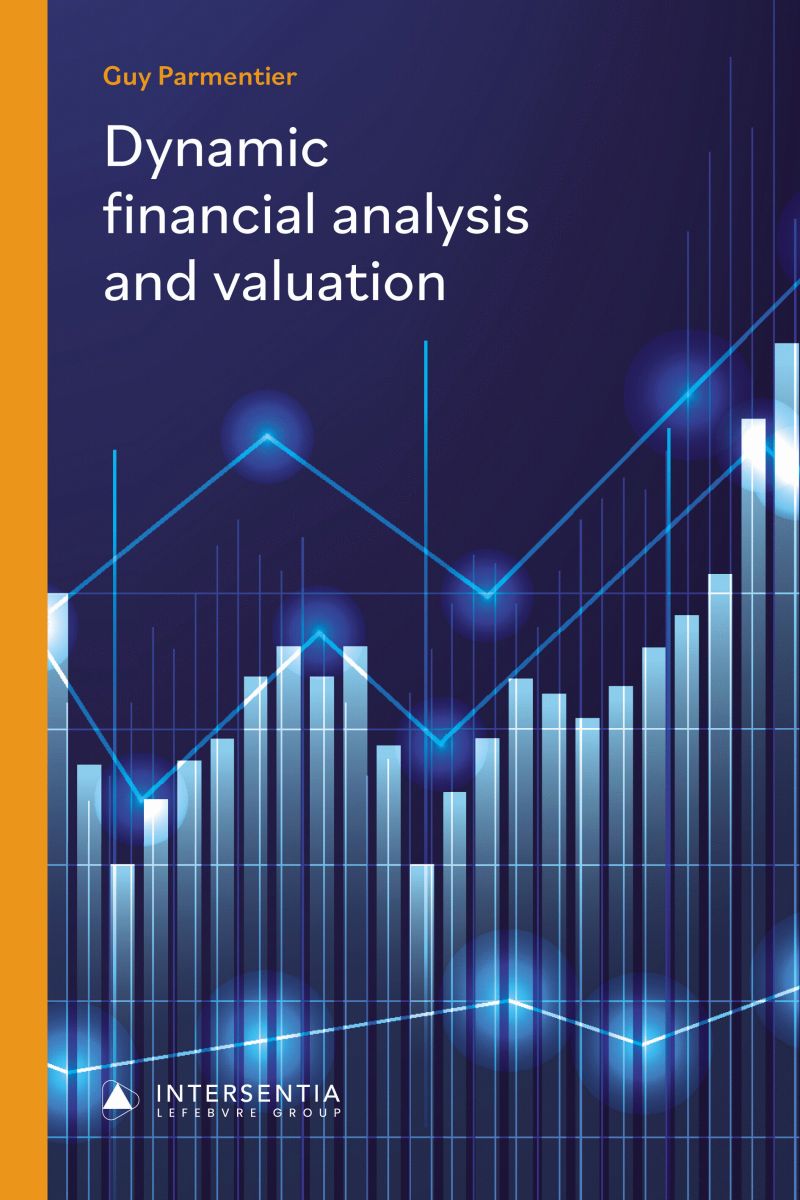 maestro
mastercard
visa
maestro
mastercard
visa

Dynamic Financial Analysis

This book is divided into two parts and offers an innovative perspective on financial analysis and valuation. Whereas traditional methods often rely on static models, this book takes it a step further with a dynamic approach that better reflects the reality of a business.
In Part 1 – Dynamic Financial Analysis, we move away from the classical approach, which is primarily based on the traditional balance sheet, cash flow statement, and a set of KPIs. These documents often provide an overly simplistic snapshot that fails to reveal the underlying dynamics of the company.
Instead, we introduce the "managerial balance sheet", which makes a clear distinction between fixed and variable working capital requirements. This distinction is essential: only when the variable component is correctly calculated, does the true financial structure of the company become visible. Without this understanding, any further analysis or valuation lacks a solid foundation.
The traditional cash flow statement is critically examined in this book. It often presents a distorted picture and can even lead to incorrect conclusions. For this reason, it is replaced by an alternative approach, one based on the managerial balance sheet, which aligns more closely with the internal logic of the enterprise.
KPIs are also scrutinized. During times of crisis, they often signal the opposite of the company’s actual situation. A dynamic financial analysis, grounded in a properly constructed managerial balance sheet and a clear calculation of equity cash flow, offers a more accurate and timely view of reality.
The book also raises a fundamental question: if key elements such as the variable working capital, normalized working capital requirements, and average recurring investments are missing from the financial statements, can we truly say the principle of a true and fair view is upheld?
In Part 2 – Valuation, we build on the insights from Part 1. The revised balance sheet structure and the updated analytical tools form the basis for a robust and practice-oriented valuation methodology. Using budgeted managerial balance sheets allows for the annual calculation of changes in Ke% and WACC%, which can then be incorporated into valuation models.
Finally, the EBITDA multiple method is discussed in detail and enriched with practical applications, enabling the reader to use this commonly applied technique with greater insight and nuance. This book is intended for financial analysts, entrepreneurs, managers, and students who are not satisfied with surface-level figures but want to understand how financial structures truly work. The goal is not merely to measure but to comprehend, enabling better decision-making both in the short and long term.
| Type of product | Book |
|---|---|
| Format | Paperback |
| EAN / ISSN | 9781839706097 |
| Weight | 600 g |
| Status | Forthcoming |
| Access to exercice | No |
| Publisher | Larcier |
| Language | English |
| Publication Date | Feb 9, 2026 |
| Available on Strada Belgique | No |
| Available on Strada Europe | No |
| Available on Strada Luxembourg | No |